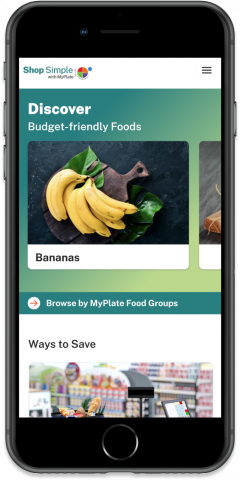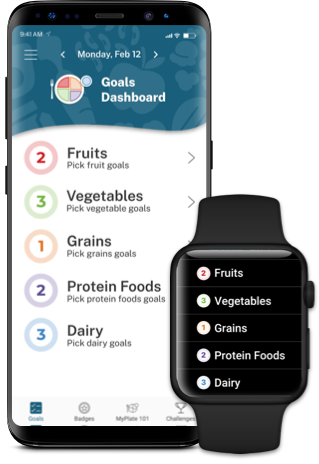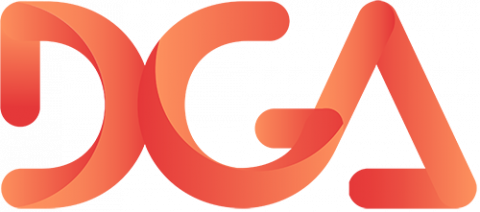Beans, Peas, and Lentils
What are beans, peas, and lentils?
Beans, peas, and lentils (also known as “pulses”) include the dried seeds that can be eaten of legumes and are a MyPlate vegetable subgroup. Legume is the scientific term that describes a type of plant that includes pods. The word ‘pulse’ is used to describe the seeds you can eat found in the pods, such as beans, peas, and lentils.
Foods in this subgroup include beans (kidney beans, pinto beans, white beans, black beans, lima beans, fava beans, soy beans), dried peas (chickpeas, black-eyed peas, pigeon peas, split peas), and lentils. Edamame, which is the soybean in the pod, is also counted in this subgroup (even though it is eaten fresh and not dried).
Green peas and green (string) beans are not part of this subgroup because their nutrition is more like foods in other vegetable subgroups. Green peas and green lima beans are in the Starchy Vegetables group. Green (string) beans are in the Other Vegetables group. Visit the vegetables page to learn more.
About the beans, peas, and lentils subgroups
The nutrition found in beans, peas, and lentils are similar to foods in both the vegetables food group and the protein foods group. Like vegetables – beans, peas, and lentils are excellent sources of fiber, folate, and potassium. And like protein foods – they are excellent sources of plant protein, also providing iron and zinc.
Both the vegetable and protein food groups provide the body with important nutrition to keep us healthy. For more information, visit the vegetables page and the protein foods page.
How should I count beans, peas, and lentils?
If you are tracking your food choices as part of a MyPlate Plan, you may be wondering how to count beans, peas, and lentils. Often, people who eat meat, poultry, and seafood would count beans, peas, and lentils in the vegetable group. People who get more of their protein foods from plants may want to count some (or all) of the beans, peas, and lentils they eat in the protein foods group.
To learn what’s best for you, follow these steps:
- Count the number of ounce-equivalents of all protein foods you’ve eaten other than beans, peas, and lentils.
- Does this number meet your recommended amount for the protein foods group? If so, count your beans, peas, and lentils as vegetables.
- If you have not yet met your recommended amount from the protein foods group, count the beans, peas, and lentils you’ve eaten as protein foods. If you go over your recommended amount, you can count the extra as vegetables.
Examples:
The following examples use the recommendation for 5 1/2 ounce-equivalents in the Protein Food Group for a 2,000 calorie plan.
Foods eaten from the Protein Foods Group
3½ ounces chicken
2 ounces tuna fish
½ cup black beans
The 3½ ounces of chicken and 2 ounces of tuna fish equal 5½ ounce-equivalents in the Protein Foods Group, which meets the recommendation at this calorie level. This means the ½ cup of black beans can be counted as ½ cup-equivalent in the Vegetables Group.
Foods eaten from the Protein Foods Group
2 eggs
1½ Tbsp. peanut butter
½ cup chickpeas
The 2 eggs and 1½ Tbsp. peanut butter equal 3½ ounce-equivalents in the Protein Foods Group. Two more ounces are needed to meet the 5½ ounce recommendation for this group. This means the ½ cup of chickpeas can be counted as 2 ounce-equivalents in the Protein Foods Group.





